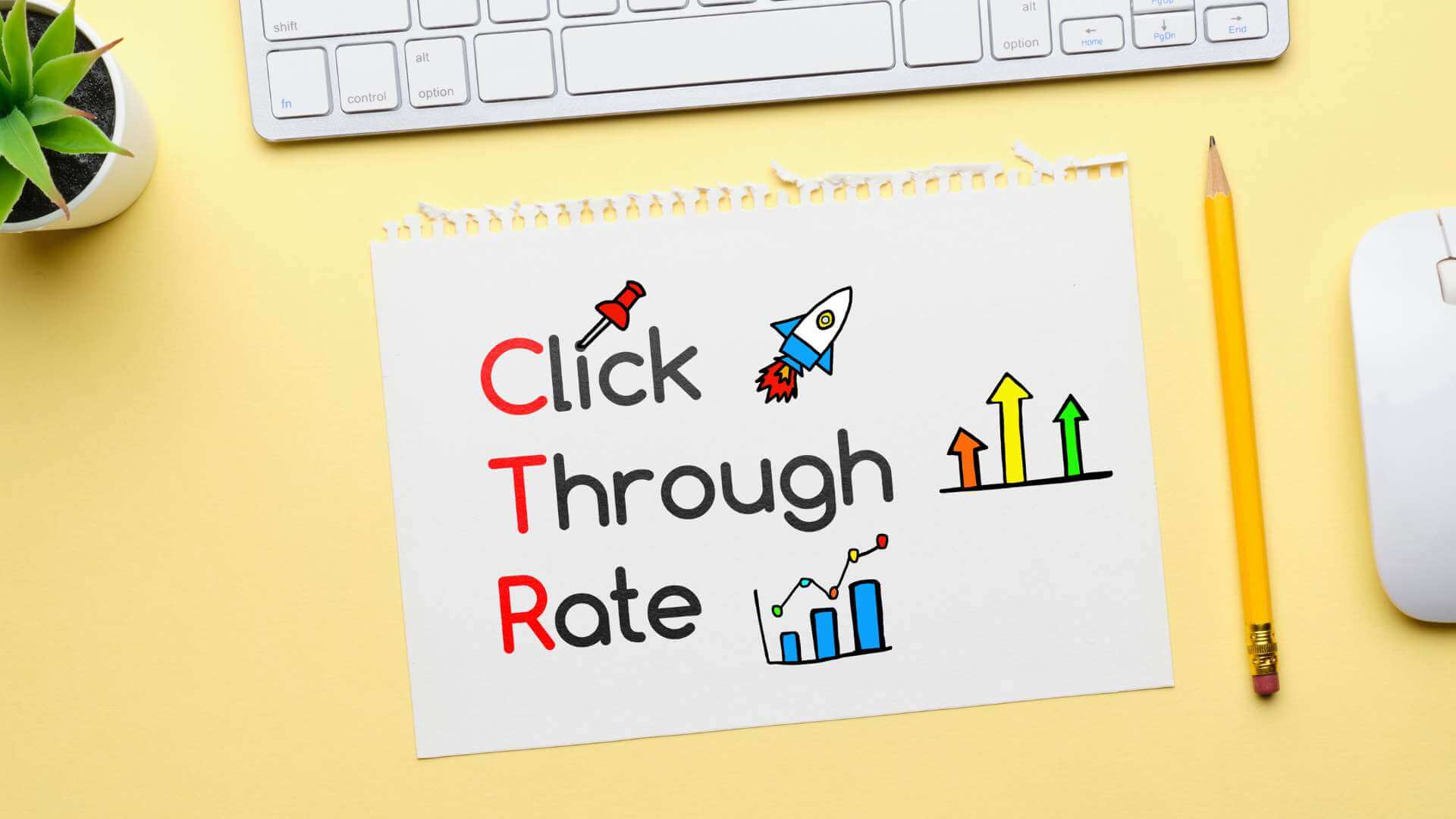Open the Prospective of CTR Control for Improved Campaign Performance
Exploring the world of CTR adjustment introduces a realm of possibilities for marketing experts looking for to raise their campaign end results. By purposefully fine-tuning click-through prices through examined techniques, the entrance to improved efficiency and audience interaction beckons. The convergence of tactical modifications and data-driven insights paints a landscape where projects can love precision and efficiency. As the trip to decipher the intricacies of CTR adjustment begins, the potential for transformative outcomes awaits those that attempt to browse this nuanced landscape.
Understanding CTR Adjustment Techniques
In the world of digital advertising and marketing, understanding CTR control techniques is vital for optimizing project efficiency. Click-through rate (CTR) is a crucial metric that measures the efficiency of your ads in creating clicks. By manipulating CTR, marketing professionals can influence ad efficiency and inevitably improve campaign end results.
One usual technique utilized for CTR adjustment is ad copy optimization. Crafting engaging advertisement duplicate that resonates with the target audience can bring about higher CTRs (GMB CTR Manipulation). Consisting of solid calls-to-action, relevant keyword phrases, and one-of-a-kind selling points can attract customers to click on the ad
One more strategy is bid modifications based upon CTR efficiency. Platforms like Google Ads use High quality Score, which thinks about CTR to name a few elements, to figure out ad rank and cost-per-click. By monitoring and adjusting quotes based on CTR information, marketing professionals can enhance advertisement visibility and decrease costs.
In addition, A/B testing different ad variations can help identify which components drive higher CTRs. Evaluating descriptions, images, and headlines can give beneficial understandings right into what resonates best with the target market, enabling notified optimization decisions.
Recognizing these CTR adjustment strategies is crucial for electronic marketing experts aiming to boost campaign efficiency and drive significant results.
Carrying Out Strategic CTR Optimization
To successfully execute tactical CTR optimization, electronic marketing professionals should leverage a mix of data-driven insights and targeted changes to enhance project performance. By assessing crucial metrics such as click-through rates (CTR), involvement levels, and conversion prices, online marketers can recognize areas for improvement and fine-tune their strategies appropriately. One necessary facet of tactical CTR optimization involves conducting A/B testing to contrast different advertisement creatives, headings, or calls-to-action to figure out which elements resonate ideal with the target market. In addition, optimizing advertisement positioning, scheduling, and targeting criteria based on audience actions and choices can considerably influence CTR efficiency.
Furthermore, executing keyword optimization and refining ad duplicate to straighten with customer intent can boost relevance and drive higher click-through prices. Leveraging target market division and individualized messaging customized to specific demographics or interests can also enhance CTR performance. By constantly keeping track of and changing campaigns based upon efficiency information, online marketers can tweak their approaches for optimum results and maximize the impact of CTR manipulation on overall campaign success.

Leveraging CTR for Increased Conversions
Utilizing click-through price (CTR) as a pivotal statistics in electronic advertising and marketing can function as a powerful stimulant for boosting conversion rates. A high CTR shows that the advertisement or web visit site content is reverberating well with the target market, driving more traffic to the site. By leveraging CTR to enhance conversions, marketing professionals can concentrate on enhancing their projects to draw in competent leads who are more probable to purchase or take a wanted activity.
To take advantage of CTR efficiently for increased conversions, it is crucial to analyze the performance of various advertisements, key phrases, and targeting methods. By determining which elements drive greater CTRs, marketing experts can customize their campaigns to bring in the ideal audience and urge them to transform. Furthermore, A/B testing can help in refining advertisement duplicates, visuals, and calls-to-action to improve CTR and ultimately drive even more conversions.

Evaluating Impact of CTR on Projects
Building on the foundation of leveraging CTR for increased conversions, a crucial element of enhancing electronic advertising campaigns entails evaluating the impact of click-through price on overall project performance. Click-through price (CTR) functions as a key statistics in measuring the efficiency of digital marketing initiatives. By examining CTR data, marketing experts can acquire beneficial understandings into just how well their ads reverberate with the target audience and just how compelling they remain in driving user involvement.
Comprehending the influence of CTR on campaigns is crucial for making informed choices regarding ad creatives, targeting approaches, and budget allowances. click to read A high CTR shows that the ad is pertinent and interesting to the target market, possibly resulting in boosted conversions and a greater roi. On the other hand, a reduced CTR can signal issues with advertisement importance, messaging, or targeting, requiring adjustments to enhance project efficiency.
Fine-Tuning CTR for Better Outcomes
Optimizing click-through rate (CTR) is an essential facet of boosting electronic advertising and marketing campaign performance. Fine-tuning CTR involves tactical modifications to raise the likelihood of users clicking on your ads or content. One efficient technique is A/B testing various advertisement creatives, headings, or call-to-action switches to determine which aspects reverberate finest with your target market. By examining the efficiency of these variants, you can maximize CTR by releasing one of the most engaging elements.
Furthermore, refining target market targeting is vital for boosting CTR. Customizing your ads to particular demographics, interests, or behaviors can significantly impact click-through prices. Using data analytics and customer understandings can assist you identify one of the most receptive audience segments and customize your messaging appropriately.
Additionally, optimizing the positioning and timing of your ads can boost CTR. Trying out various ad positionings on various platforms and recognizing peak times when your target audience is most energetic can assist make best use of involvement and CTR. Constantly keeping track of and readjusting these elements based upon performance information is essential to make improvements CTR for much better project results.
Verdict
To conclude, opening the potential of CTR adjustment through critical techniques like A/B screening and key words optimization can substantially enhance project performance. By constantly assessing data and making real-time changes to ad messaging, marketers can enhance click-through prices and drive higher involvement. This refined technique not only increases exposure and lowers expenses however additionally results in boosted conversions and a more powerful roi.
By adjusting CTR, online marketers can affect advertisement efficiency and ultimately improve campaign results. CTR Manipulation Service.

Recognizing the influence of CTR on campaigns is vital for making notified choices regarding ad creatives, targeting approaches, and budget allocations. On the various other hand, a low CTR might signify issues with advertisement relevance, messaging, or targeting, calling for adjustments to improve campaign efficiency.
 Alfonso Ribeiro Then & Now!
Alfonso Ribeiro Then & Now! Molly Ringwald Then & Now!
Molly Ringwald Then & Now! Jurnee Smollett Then & Now!
Jurnee Smollett Then & Now! Danny Pintauro Then & Now!
Danny Pintauro Then & Now! Susan Dey Then & Now!
Susan Dey Then & Now!